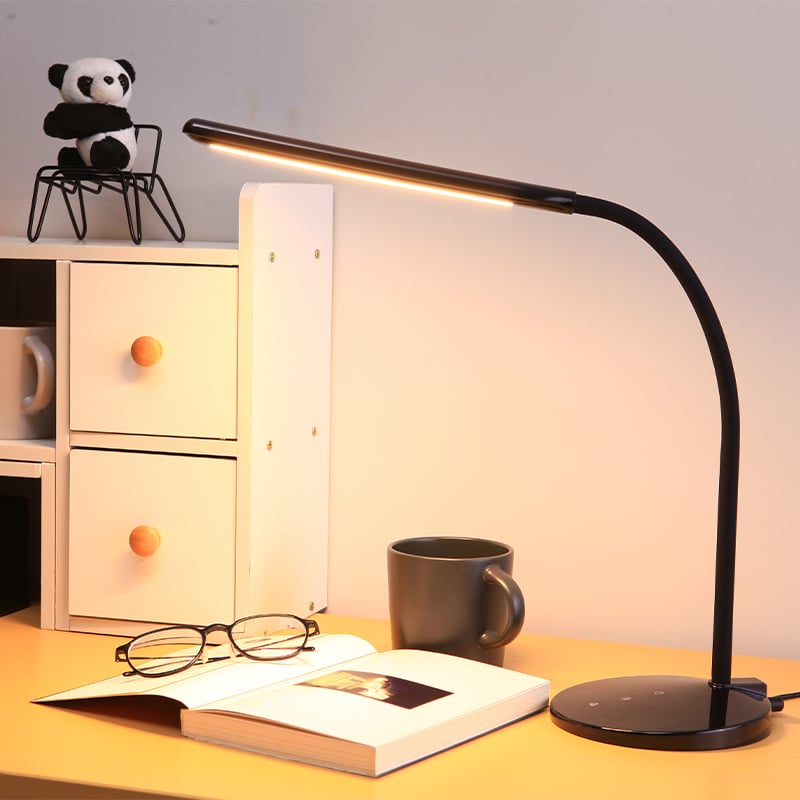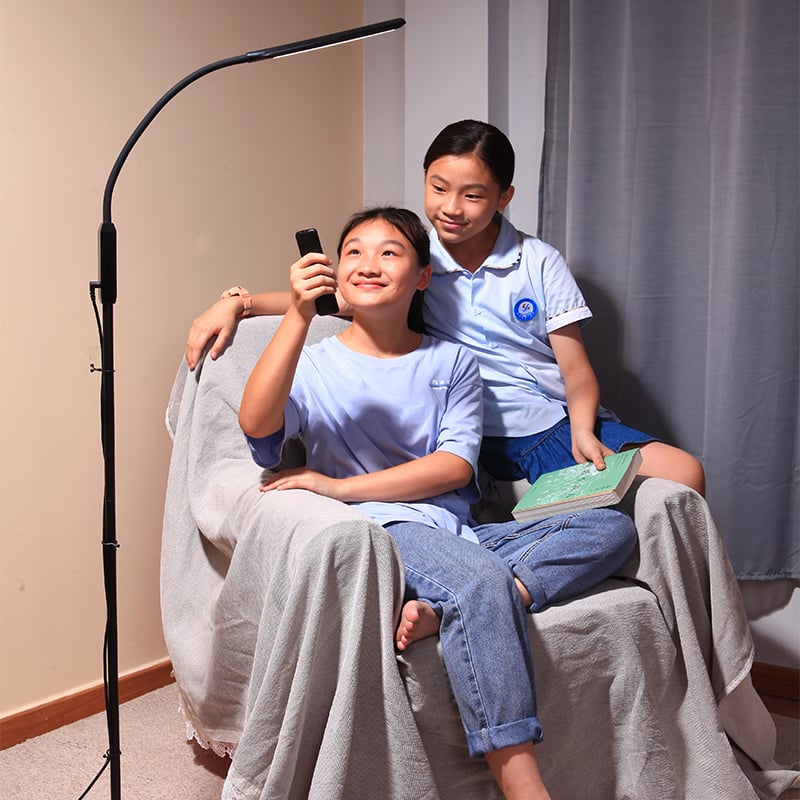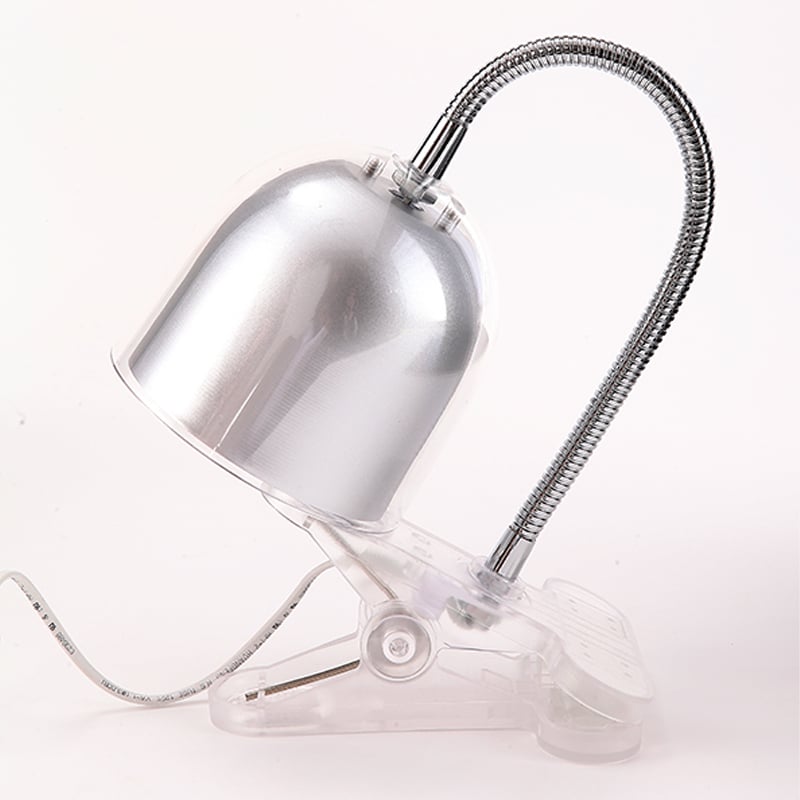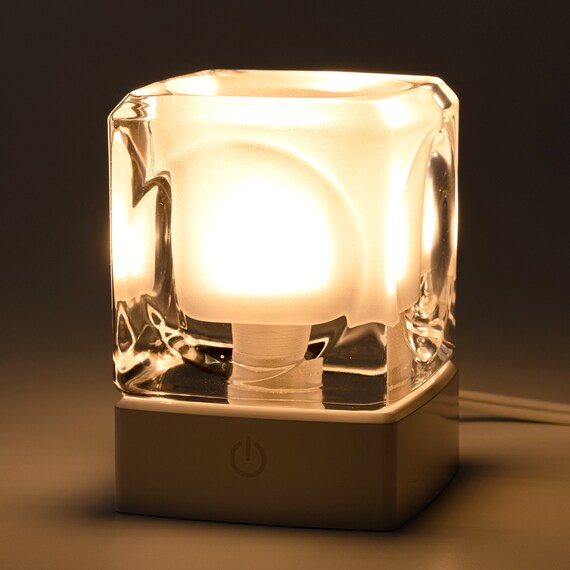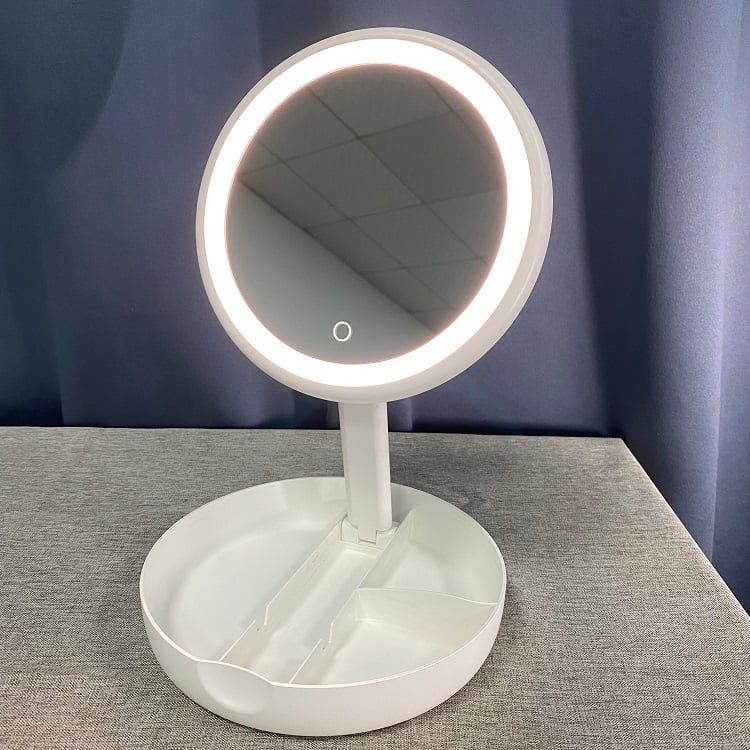1. Introduction: Understanding LED Lights and Remotes
LED lights have become increasingly popular in recent years due to their energy efficiency and long lifespan. Many LED lights come with remote controls, which allow users to easily turn the lights on and off, adjust brightness, and change colors. However, what happens if you lose or break the remote? In this article, we will explore various methods to turn on your LED lights without the remote, ensuring you can continue to enjoy the benefits of your LED lighting system.
2. Method 1: Using the Wall Switch
The most straightforward way to turn on your LED lights without the remote is to use the wall switch. Most LED lights are wired to a wall switch, which controls the power supply to the lights. Simply locate the wall switch and flip it to the "on" position to illuminate your LED lights. However, keep in mind that this method will turn on all the LED lights connected to the same switch.
3. Method 2: Using a Smart Plug
If you prefer a more convenient and flexible option, consider using a smart plug. Smart plugs allow you to control your LED lights using your smartphone or voice commands through a virtual assistant, such as Amazon Alexa or Google Assistant. Simply plug the LED light's power cord into the smart plug and connect it to your home Wi-Fi network. You can then use the corresponding app or voice commands to turn the lights on and off, set timers, and even create schedules.
4. Method 3: Using a Timer
If you want your LED lights to turn on automatically at a specific time, using a timer is a great solution. Timers can be plugged into the power outlet and programmed to switch on and off at predetermined times. This method is particularly useful if you want your LED lights to mimic natural sunlight or if you want to have them turn on and off while you're away, creating the illusion of an occupied home.
5. Method 4: Using a Remote Control App
If you have a smartphone or tablet, you can turn on your LED lights without the remote by using a remote control app. Many LED light manufacturers offer dedicated apps that allow you to control your lights wirelessly. Simply download the app, connect your LED lights to your device via Bluetooth or Wi-Fi, and you'll have access to all the features typically available on the remote control, right at your fingertips.
6. Method 5: Using a Universal Remote
If you're looking for a more universal solution, consider using a universal remote control. These remotes are capable of controlling various devices, including LED lights. Simply program the universal remote to recognize and control your LED lights, and you'll be able to turn them on and off, adjust brightness, and change colors without the original remote.
7. Method 6: Using Voice Control
If you have a smart home system with voice control capabilities, such as Amazon Echo or Google Home, you can easily turn on your LED lights using voice commands. Make sure your LED lights are compatible with the smart home system you're using, then simply activate the virtual assistant and give the command to turn on the lights. This method offers a hands-free and hassle-free way to control your LED lights.
8. Method 7: Using a Motion Sensor
For those who want their LED lights to automatically turn on when someone enters a room, using a motion sensor is a great option. Motion sensors can be installed near the LED lights and programmed to detect movement. When motion is detected, the sensor will trigger the lights to turn on, providing instant illumination without the need for a remote control.
9. Method 8: Using a Remote Control Extender
If you've misplaced your LED light's remote control but still have the receiver unit, you can use a remote control extender to regain control. Remote control extenders are devices that capture and transmit the remote's signals to the receiver unit, allowing you to control your LED lights from a different location. Simply connect the extender to the receiver unit, and you'll be able to operate your LED lights as if you had the original remote in hand.
10. Conclusion: Alternative Ways to Control Your LED Lights
While losing or breaking the remote control for your LED lights may initially seem like a setback, there are various alternative methods to turn on and control your lights. From using the wall switch to utilizing smart technology, you can easily find a solution that suits your needs and preferences. Remember to explore the options available and choose the method that works best for you.

